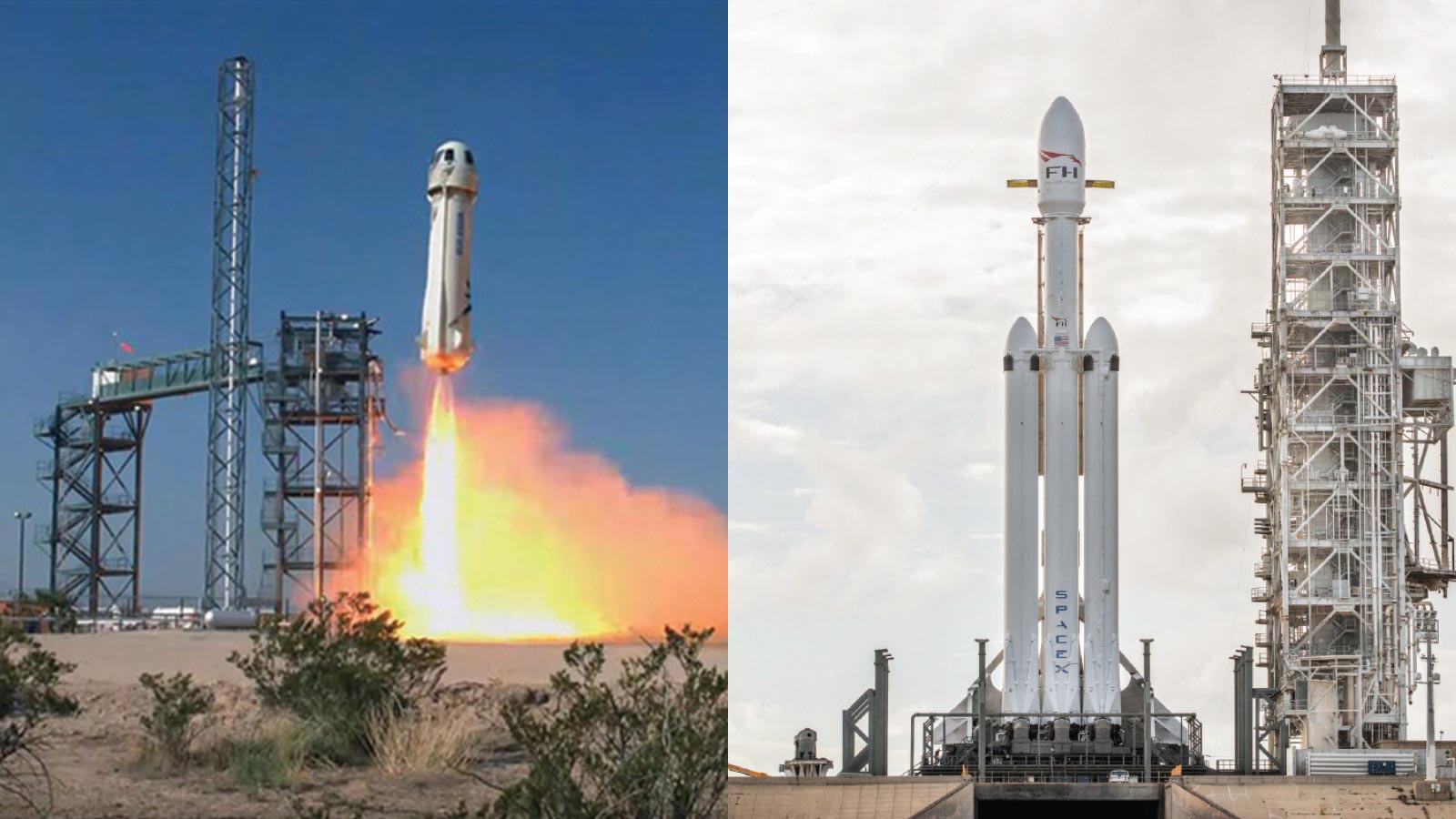Stay Up to Date
Submit your email address to receive the latest industry and Aerospace America news.
The Space Logistics Technical Committee fosters development of integrated space logistics capabilities that enable safe, affordable and routine space-faring operations.
This year has seen significant milestones in commercial space logistics as well as exploration in human space mission design.
The first launch and test flight of SpaceX’s Falcon Heavy rocket was Feb. 6. The rocket carried a Tesla Roadster as a test payload and delivered it into space. The Falcon Heavy rocket is the most powerful operational rocket; its first stage is comprised of three Falcon 9-derived cores with 27 Merlin engines. It’s capable of launching up to 64,000 kilograms of payload to low Earth orbit. The rocket is designed to be partially reusable. For the February test flight, the two side boosters were previously flown Falcon 9 first stages, whereas the central core was newly built. After the flight, the side boosters landed, although the center booster experienced engine failures and struck the ocean instead of landing on a floating landing pad (also referred to as a “droneship”) in the Atlantic Ocean, as planned. SpaceX says it costs about $90 million for a Falcon Heavy flight, which is significantly cheaper than other heavy-lift launch vehicles. This achievement is a critical step toward commercial space exploration beyond low Earth orbit.
Blue Origin also performed two test flights of its New Shepard launch system, which is a reusable suborbital rocket designed to carry tourists as well as commercial and scientific payloads. The test flights were April 29 and July 18; both missions tested suborbital flight and landing of a reused booster. The July flight also demonstrated the operation of the abort system, for the safe return of future astronauts on the New Shepard during its flight.
On the human space mission design side, a team of space logistics subject matter experts prepared the “Logistics Is a Key Enabler of Sustainable Human Missions to Mars” white paper, which explores the question: What does the interplanetary logistics supply chain for a sustainable human presence on Mars look like? The paper examines two particularly relevant present-day examples of robust exploration logistics supply chains, namely those supporting the International Space Station, or ISS, in low Earth orbit and the Amundsen-Scott South Pole Station on Antarctica. At these two locations, continuous human presence has been made possible by a combination of multi-modal logistics systems that facilitate multiple delivery pathways to the end user, generous stores of accessible contingency supplies and the exploitation of locally available resources. While the logistics of sustaining humans on future Mars missions will likely be far more challenging, the paper found implementable logistics strategies and persistent lessons learned from the South Pole Station and ISS programs that are directly applicable. The paper identifies research questions to be addressed, including higher fidelity characterization of logistics demands, assessing the impact of a logistics/aggregation node in a to-be-determined Martian orbit, and how this Martian logistics node might affect or be driven by the selection of the human landing site and exploration zone on Mars.
Contributors: Robert Shishko, Sydney Do and Kandyce Goodliff
Photos: Blue Origin’s New Shepard, left, and SpaceX’s Falcon Heavy lead their companies’ competition to launch paying passengers into space. Credits: Blue Origin and SpaceX
Stay Up to Date
Submit your email address to receive the latest industry and Aerospace America news.




